Increasing our repertoire
We are no longer building saddle trees, but we have two videos about how Western saddles fit horses available on our westernsaddlefit.com website.
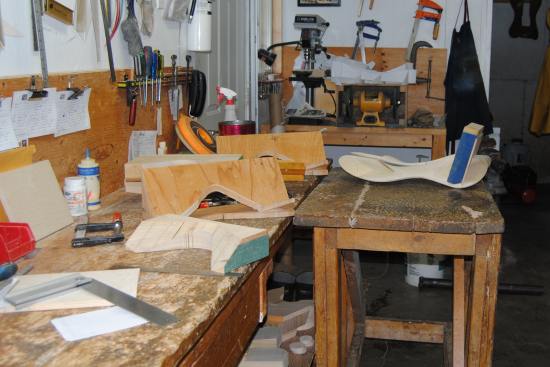
Despite the fact that we have been at this over 16 years and have built over 2100 trees (one at a time!), there are still lots of types of trees or parts of trees we haven't yet built and measurements we haven't yet figured out how to incorporate into our trees. So part of today was spent in R + D mode.
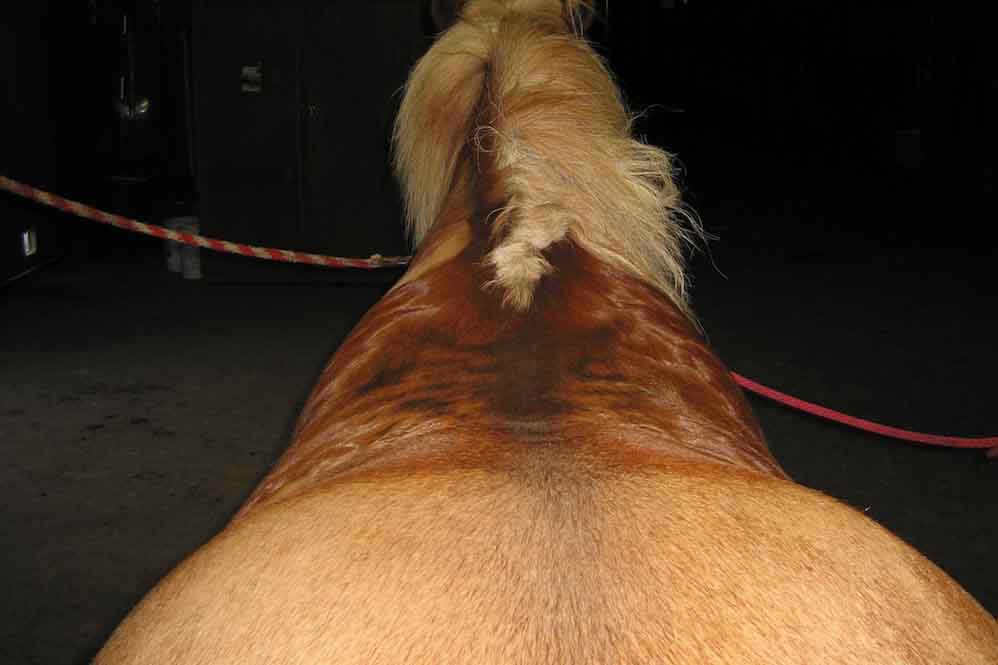
First off, we were figuring out the bar angle needed to fit a horse built like this. This horse is flatter than any of Dennis Lane's cards at the front position at least. He is definitely on the far end of a bell curve of horse shapes. But is he totally unique? No. He is, from what we know at the moment, fairly typical of an Icelandic horse. We have a second tree on order for an Icelandic as well from a totally different section of the country who also is broader at the front than the DL cards. We also have back drawings coming from a saddle maker who now owns Fjords, and we expect they will be close to what this horse's back is like, but we don't know that for sure yet. So, is a tree built for this horse going to fit a typical western ranch horse? No way. But are we building for just one horse? Nope. We are building for a body type which, while it doesn't represent a large proportion of horses, does represent a growing proportion of horses. Has anyone else noticed the increase in Fjords and Fjord crosses lately? However, I digress from our main topic...
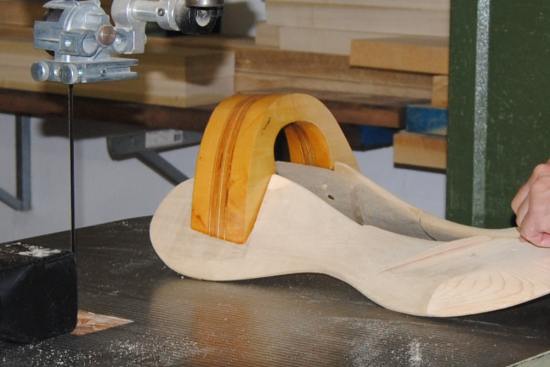
The back drawings we have for this order are too wide for the widest bar angle that we have built before. So we know we have to go wider. But how wide? To test it out we made another "fake fork". We have a set of these for all our common widths and angles with which we can set up different fits for our own research purposes. Since we figure this angle will be used again, we thought it was worth it to make a permanent addition to our collection. We then screwed a set of bars to that fork and checked the bar angle against the back drawings. Nope, still not wide enough.
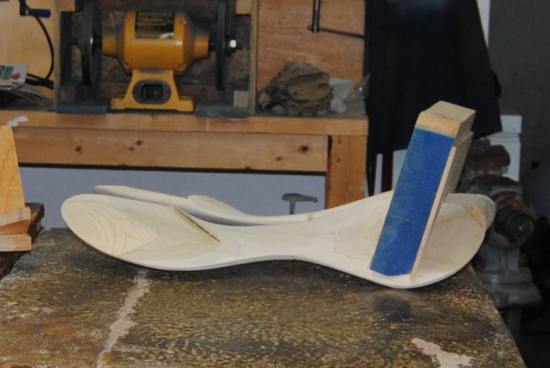
Since we didn't want to take the time to build yet another "fake fork", we just used a thick piece of wood, marked out a wider angle on it and used it to check out the fit against the back drawings. This one looked good. So the front is set. Now, how do we get cantles to fit on those bars at both those flatter angles?
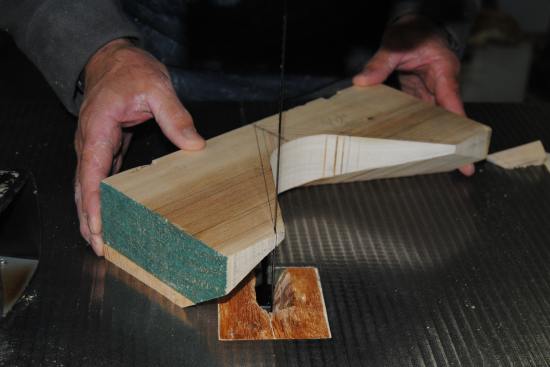
This is where our trial and error cantle pieces come in. We've used this one before, so we just marked out the horizontal line for the bottom of the cantle gullet and the initial angle a bit higher on the wood, and chopped a bit off the bottom so we could use it to test something new.
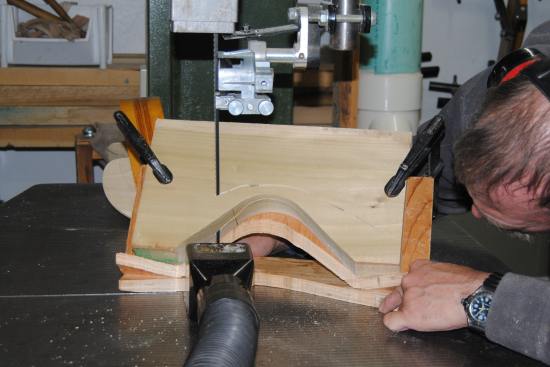
Then we marked out the new angle which we guesstimated, extrapolating from our current charts, might fit this flatter bar angle, and carefully cut it out. (If you go to the Building a Cantle page you can see where in the cantle making process these cuts are normally done.)
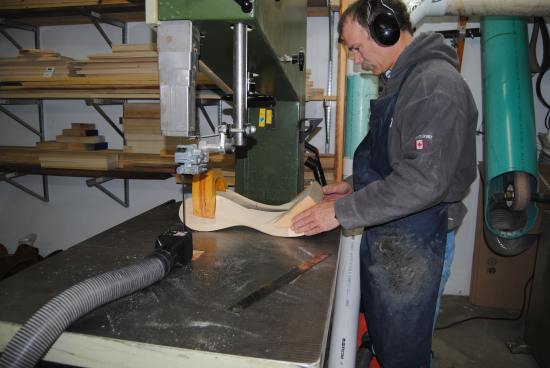
We then tried it on the bars. Rod carefully looked at it
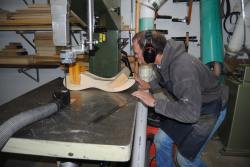 |
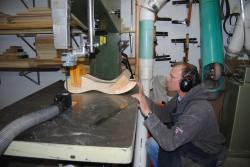 |
from all angles and said "Nope, not good enough."
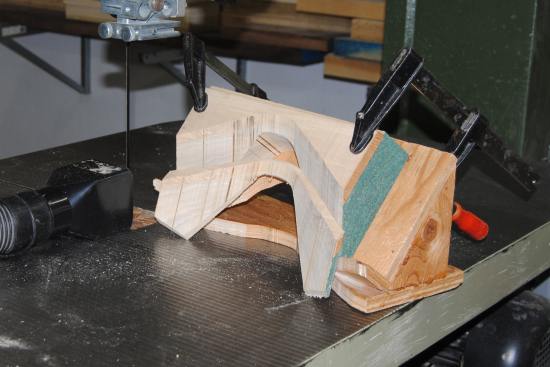
So we repeated the process - mark, initial cut, mark the inside, cut the angle, check it out - till we found the right angle. At least now we know enough that it usually only takes a couple of tries to get it right. It sure took a lot longer when we first figured out how to figure this out...
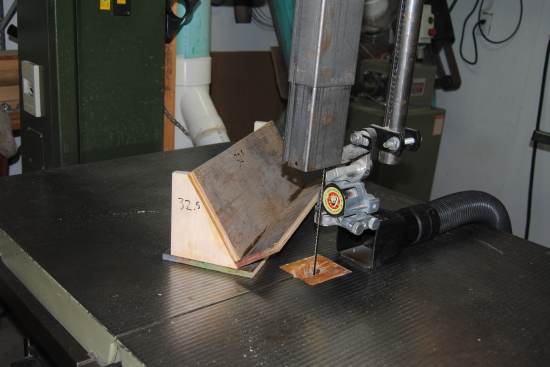
So that was this afternoon. Tonight, Rod went back out to the shop to build a new jig to set a more laid back cantle angle than we have used before to try on really short cantles. That means not only extending a chart and filling in numbers there, but making a whole new chart in the cantle section of our book of charts. Actually, it will mean two new ones, because that will affect government length too. So I know what we'll be doing tomorrow. Mark, cut, look close, measure, re-mark, re-cut, re-measure, re-peat...
